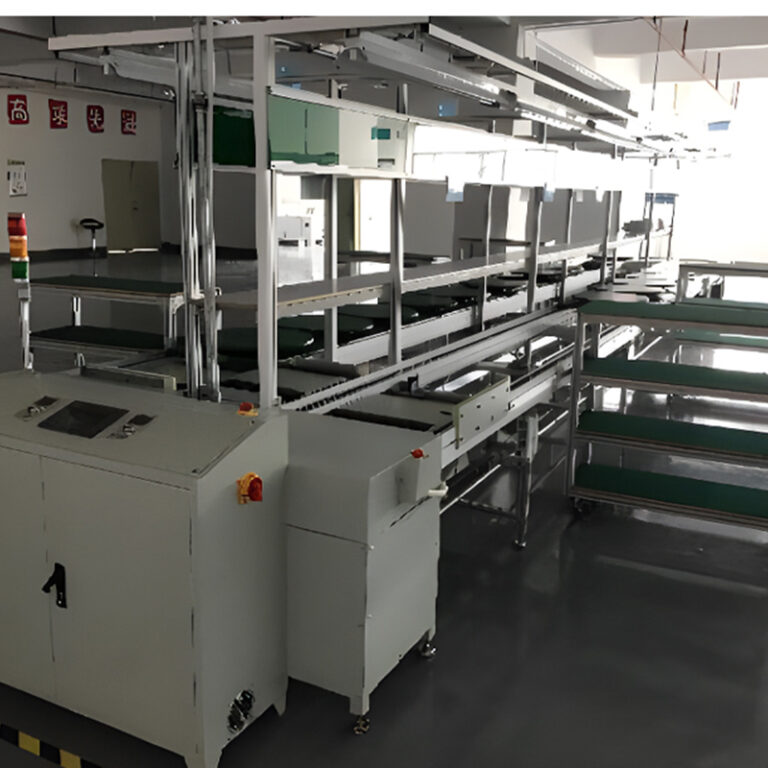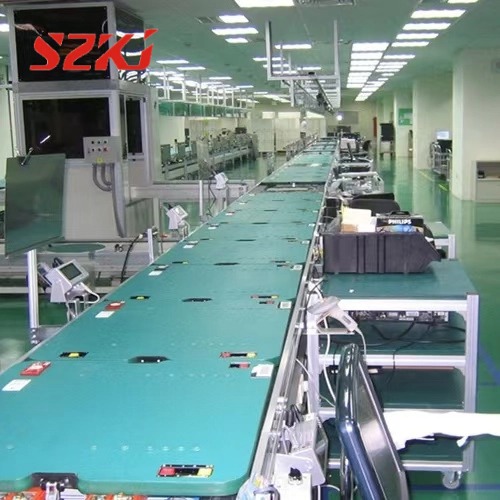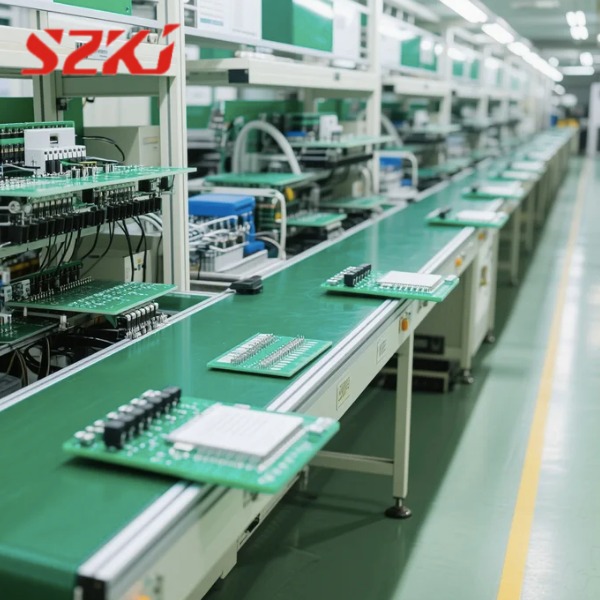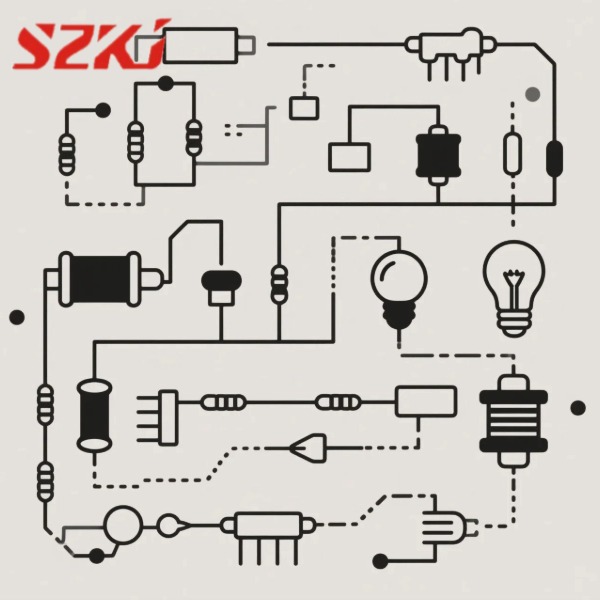Table of Contents
ToggleRole of Capacitor Filters in SMT Machine Processes
In PCB manufacturing, especially surface-mount technology (SMT), stable power matters. Components are small. Traces are thin. Any power noise or ripple can disrupt operations or damage sensitive parts. This is where the capacitor filter becomes useful.
A capacitor filter smooths voltage by removing unwanted AC ripples. It helps maintain a steady DC supply. SMT machines rely on consistent current to handle delicate operations like soldering or placing micro-components. Without proper filtering, even tiny spikes or dips in voltage can lead to defects.

What Is a Capacitor Filter?
A capacitor filter is a basic electronic filter. It typically consists of capacitors arranged in a circuit. When current flows through, the filter blocks the AC part and lets the DC pass.
In simple terms, capacitors charge and discharge. This ability helps them absorb sudden voltage shifts. When placed in a power line, they stabilize voltage output by flattening peaks and filling dips.
In SMT assembly, capacitor filters are found in:
- Power supplies that feed machines
- Control units inside the SMT machine
- Test rigs where precise signals matter
The performance of a capacitor filter depends on its capacitance and configuration. Bigger values handle stronger noise. Multiple filters in sequence can handle different frequency bands.
How SMT Machines Use Capacitor Filters
An SMT machine goes through multiple stages: solder paste printing, component placement, reflow soldering, and inspection. Each stage uses circuits that demand clean and constant voltage.
Let’s look at key areas where capacitor filters play a role:
- Placement Head Motors: Motors in SMT pick-and-place machines run fast and often. Voltage changes can cause jerky motion or delay. Capacitor filters clean this noise and let motors run smoothly.
- Camera and Vision Systems: Optical systems inside SMT machines need stable signals. Any ripple in power may affect image clarity. Filters help ensure camera sensors get clean power, improving precision.
- Reflow Ovens: Reflow stages heat solder to melt and bind components. The heaters switch on and off quickly, creating electrical noise. Capacitor filters reduce this noise and protect nearby circuits.
Choosing the Right Capacitor Filter
Every SMT machine setup may require different types of capacitor filters. Factors to consider include:
- Voltage rating: Should match or exceed machine voltage.
- Ripple current handling: Higher values resist heating.
- Capacitance range: Based on filtering strength required.
- Size and placement: Filters should fit within the board layout and thermal limits.
Using simulation tools helps engineers plan where to place filters on PCBs used in SMT machines. Poor placement leads to insufficient filtering or signal reflection.
Benefits of Proper Filter Use in SMT
Investing in the right capacitor filter pays off in multiple ways:
- Higher Yield: Clean power means fewer faults.
- Longer Lifespan: Components wear out less.
- Better Accuracy: Machines align and place parts more precisely.
- Stable Operation: Fewer shutdowns or errors during peak loads.
Modern SMT factories treat power stability as part of quality control. Capacitor filters are a simple but powerful way to achieve that.
A capacitor filter may seem like a small part, but its role is huge in the operation of every SMT machine. It ensures smooth voltage, protects sensitive systems, and helps avoid costly downtime or defects.
For businesses that depend on fast, high-quality PCB production, choosing the right filters and integrating them properly into the system makes all the difference.




